DIY In-House black oxide finishing continues to grow in popularity. With many reasons why in-house blackening of iron, steel, and stainless steel is more attractive than sending parts out to a plater, they all come down to one simple concept: more effective control of quality, scheduling and costs. Specifically, manufacturers need faster turnaround on part finishing to satisfy customers’ shipping requirements.
Manual or automated, black oxide finishing systems are inexpensive to install compared to painting, electroplating or anodizing systems. The latest CNC black oxide systems cost less than a small machining center and operate automatically, with low direct labor costs. These finishing installations can be modified so that rinse waters are purified and recycled, which allows manufacturers in drought stricken areas of the country to meet tough water consumption regulations.
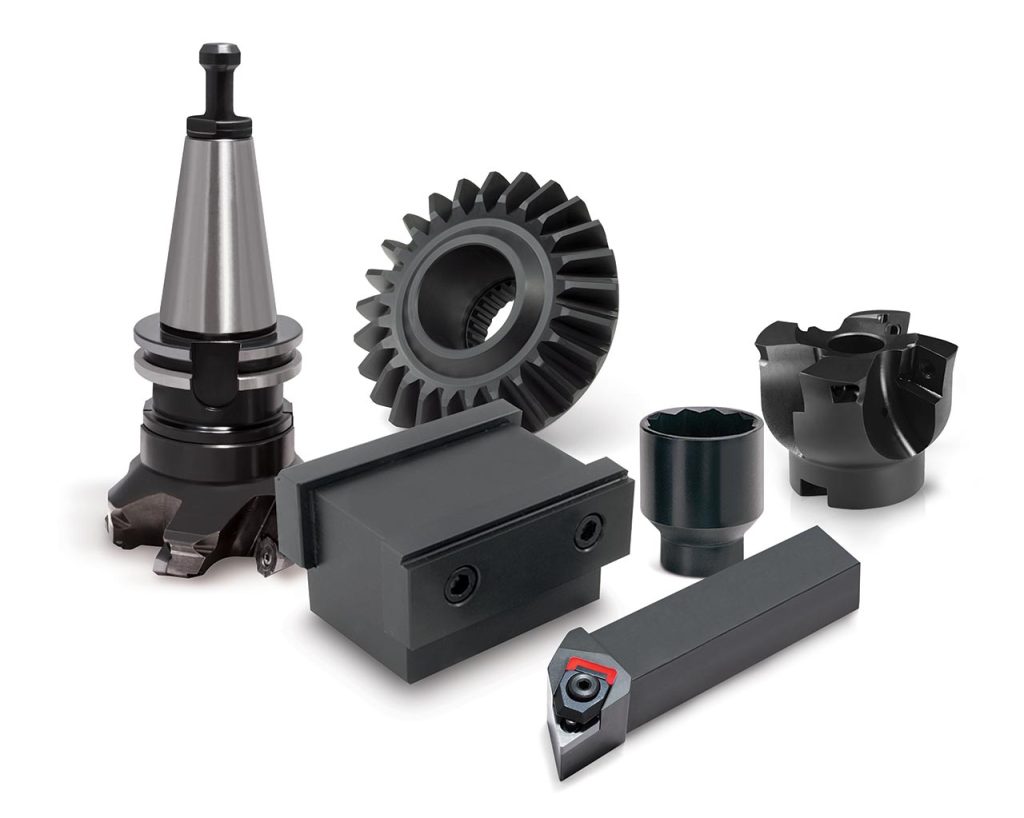
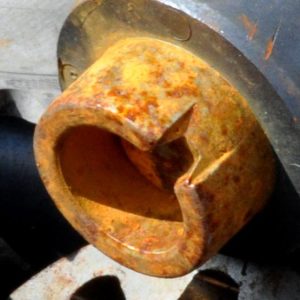
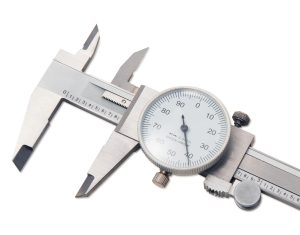
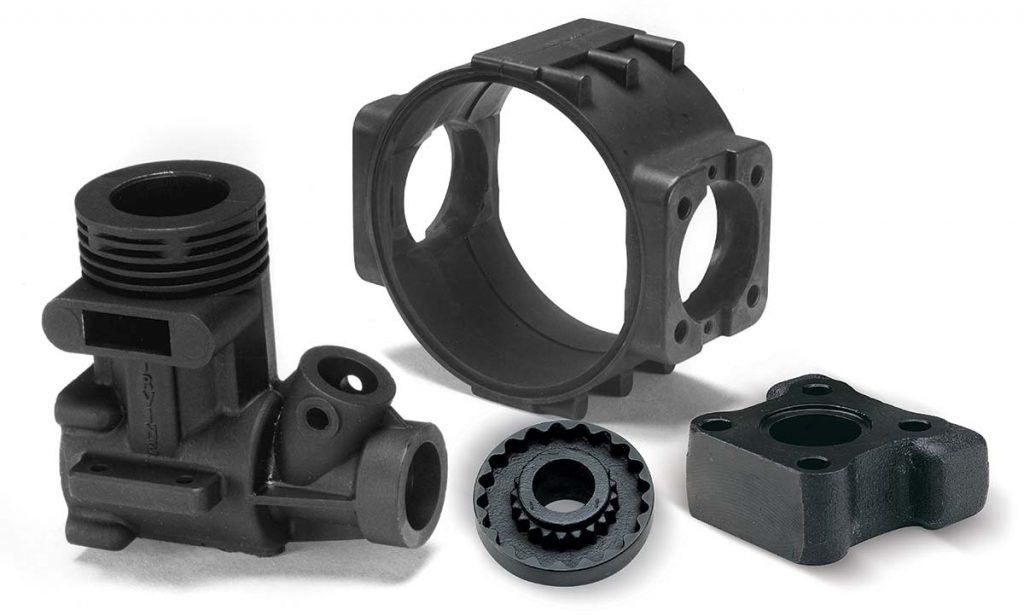
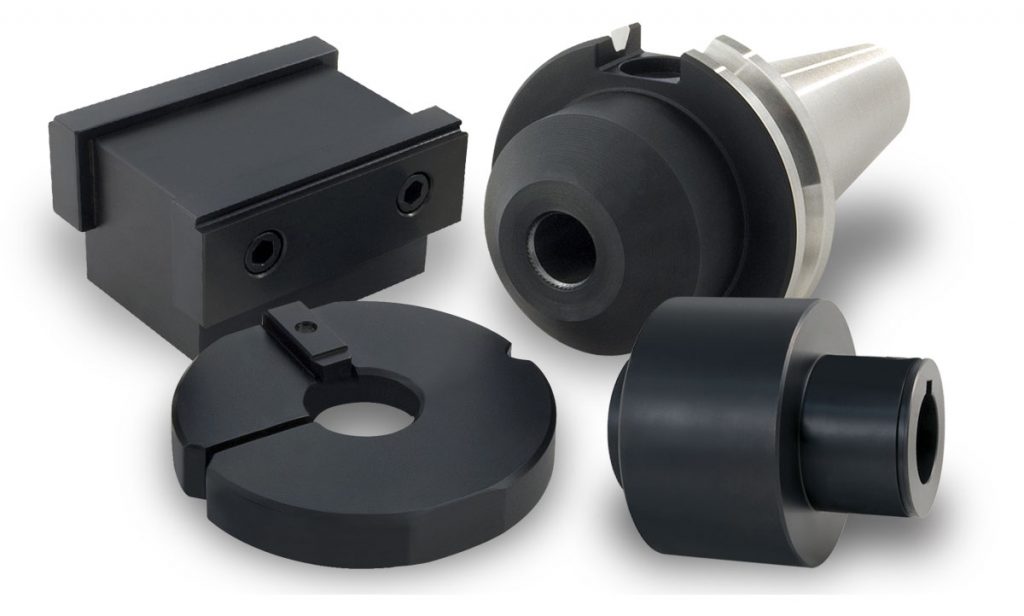
Using a patented chemistry, this system operates at 200°– 210° F and forms a dark, clean and durable black magnetite finish that is Mil Spec and AMS2485M compliant, in 30 – 35 minutes. The basic chemistry is the same as that of high temp black oxide but the reaction proceeds at a lower temperature because it blackens in two steps. Since the process contains no EPA regulated metals, the rinse waters are generally sewerable as non-hazardous discharge. Its low temperature eliminates the severe hazards of the 290 degree black oxide, making it easier and far safer to operate. The process also avoids the red coatings and white salt leaching commonly seen with conventional black oxide because the overall concentration of caustic soda is 80% lower than that of regular black oxide.
Though many installations operate with a standard process sequence, the design of the process line can change to accommodate different production conditions:
A well-designed tank layout can accommodate all the factors listed above, and the supplier of the system can offer guidance in these areas. Most standard process lines contain the seven following stations as show on system below:
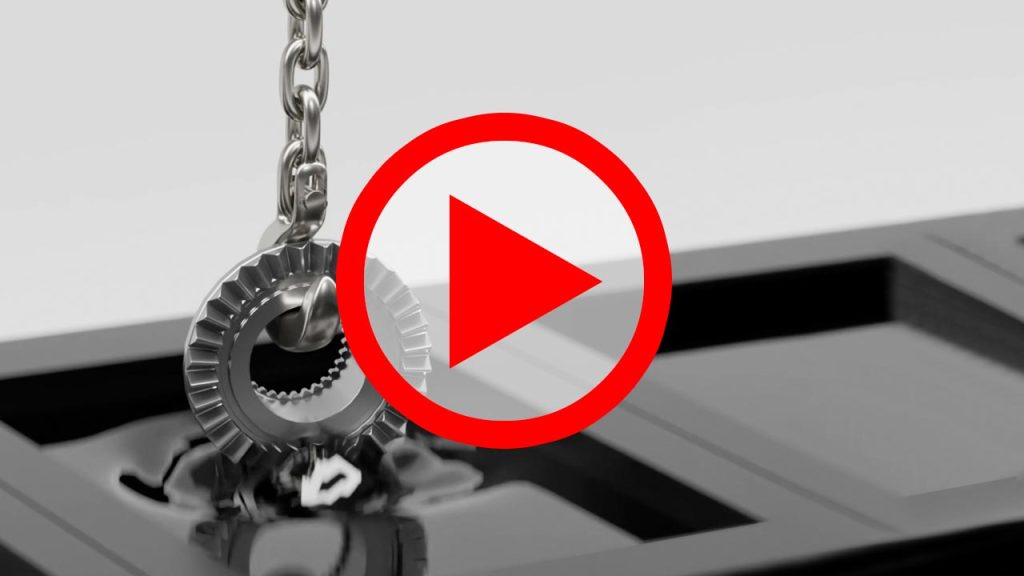
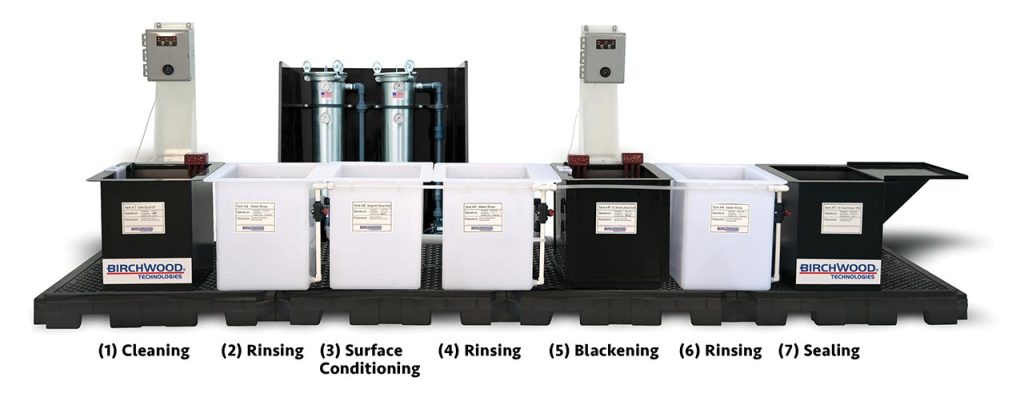

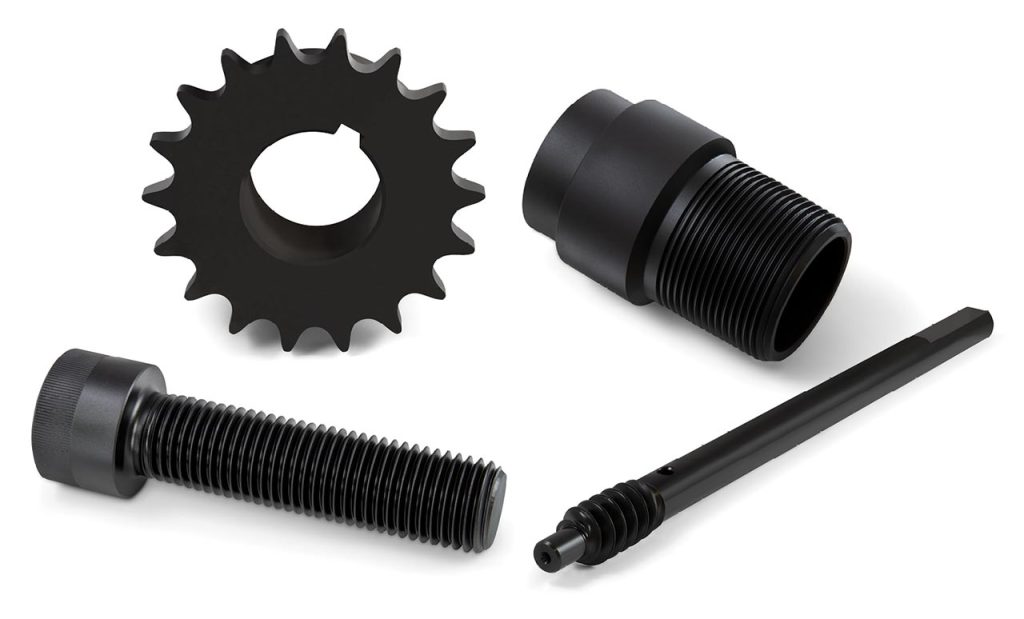
To paraphrase one company’s motto: Zero defects, zero waste, zero incidents. This goal equates to maximum customer satisfaction at minimum cost, and is achieved by streamlining part movement and controlling each phase of the entire manufacturing process. In-House black oxide can play a key role in this program.
Sending parts to an outside plater for black oxide requires part sorting and packing, freight costs there and back, 2-5 day turnaround, and then paying the finisher a profit to do the work. This practice requires higher inventory levels, complicates ISO controls, and makes it more difficult to offer quick response for key customers.
In contrast, with an In-House process, either manual or CNC black oxide system, turnaround times are less than an hour. This lowers costs and inventories, streamlines workflow patterns, enhances ISO accountability and provides better control over finished part quality.
Sending parts outside for finishing is a costly and avoidable production bottleneck, particularly where just-in-time deliveries are required. While finishing contributes only a small portion of the part’s total value, the cost of sending work outside is often inordinately high when all the hidden factors are considered.
Prompt shipments of high quality products help win new orders. In-House finishing helps to reduce costs and inventory while keeping the customer satisfied.
Some manufacturers are not able to send parts outside for finishing due to security reasons. In-House blackening systems solve this problem when manufacturing parts with serial numbers, proprietary designs, and confidential part counts. In real-world applications, In-House blackening systems are the ideal finishing choice for product assemblies with sliding contacts including firearm mechanisms, munitions and military assemblies.
In summary, whether manual or automated, black oxide finishing has proven integral to modern manufacturing because it enhances objectives while lowering costs.
We offer FREE, no obligation testing finishing on your parts. Visit the following page to request sample finishing authorization.
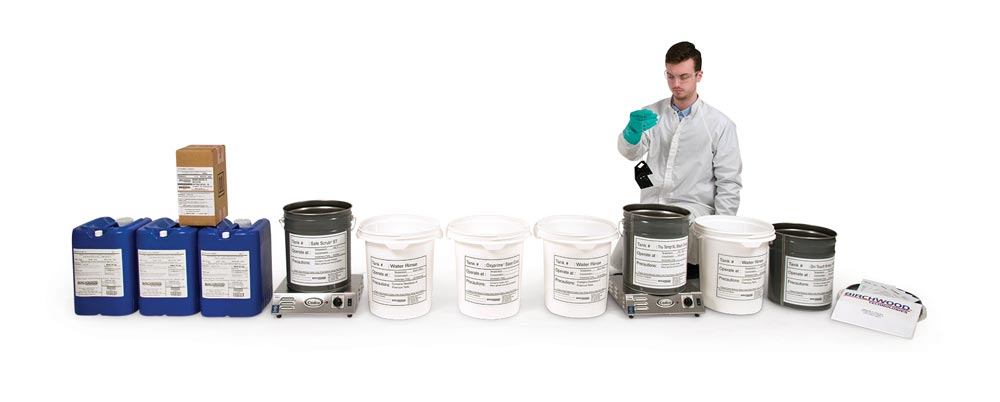
Ideal for testing or small scale production. The systems available include:
Each mini system comes complete with operating instruction manual, all necessary tanks, equipment and chemicals to operate a 5 gallon finishing line for up to 6 months. Visit the Mini-Systems page for more information and purchasing online.
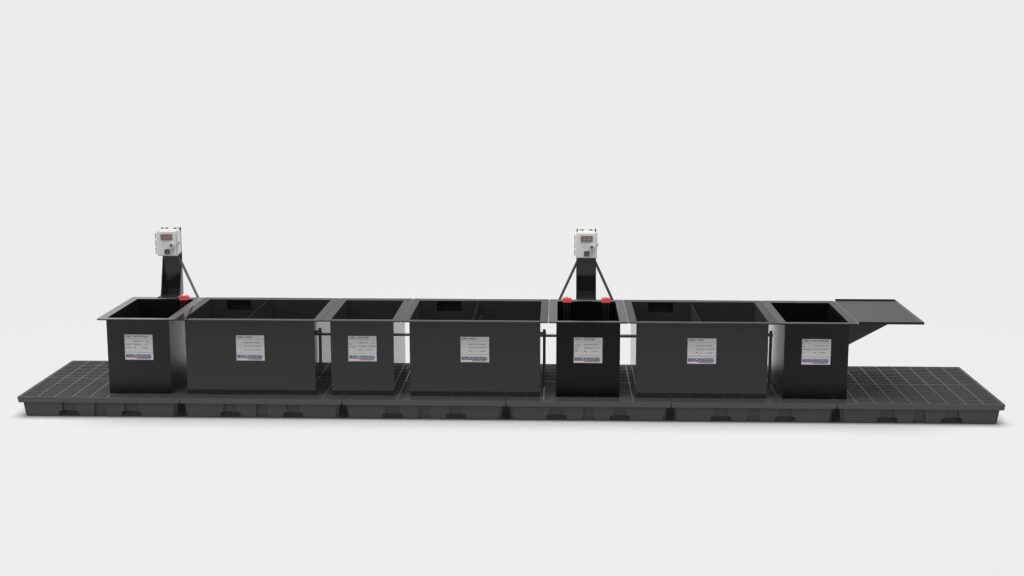
Constructed of 10 gauge steel or welded polypropylene. These are completely engineered and designed for easy installation anywhere in your plant. System startup and operating aids include: operating steps, test kit and maintenance log, owner’s manual detailing assembly, operation, troubleshooting and system maintenance. Factory technician is available to service your installation, including startup, system charging and operator training.
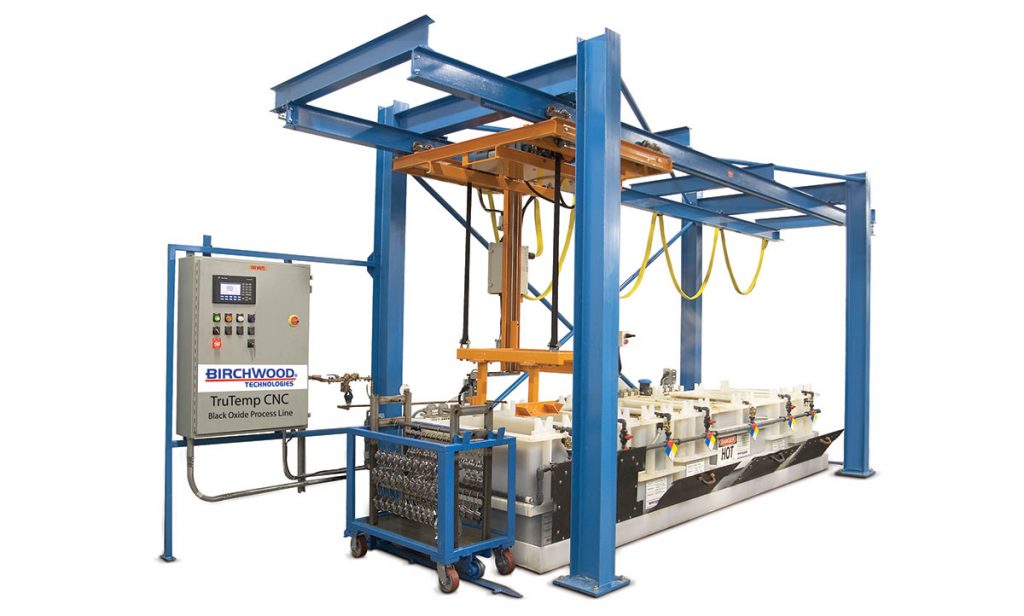
CNC line utilizes an integrated programmable hoist and tank line to automatically process iron and steel components with a high quality black oxide finish. Designed to operate as a self controlled unit that eliminates the labor costs required with manual hoist lines, this CNC system is highly repeatable, eliminates process guesswork and has large output capabilities.